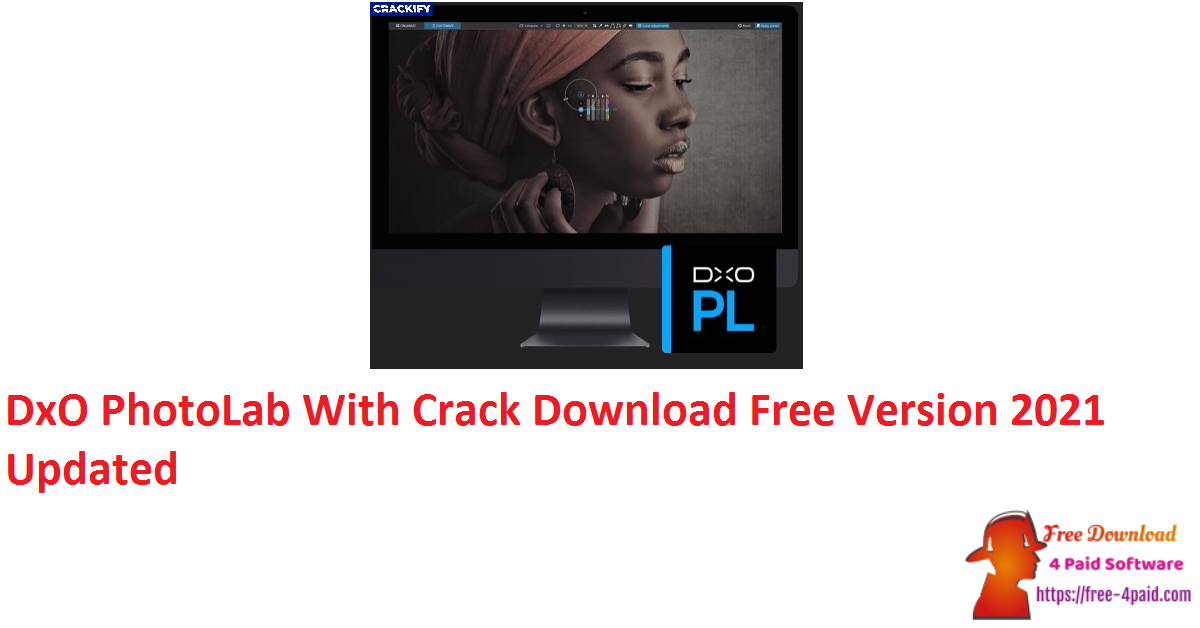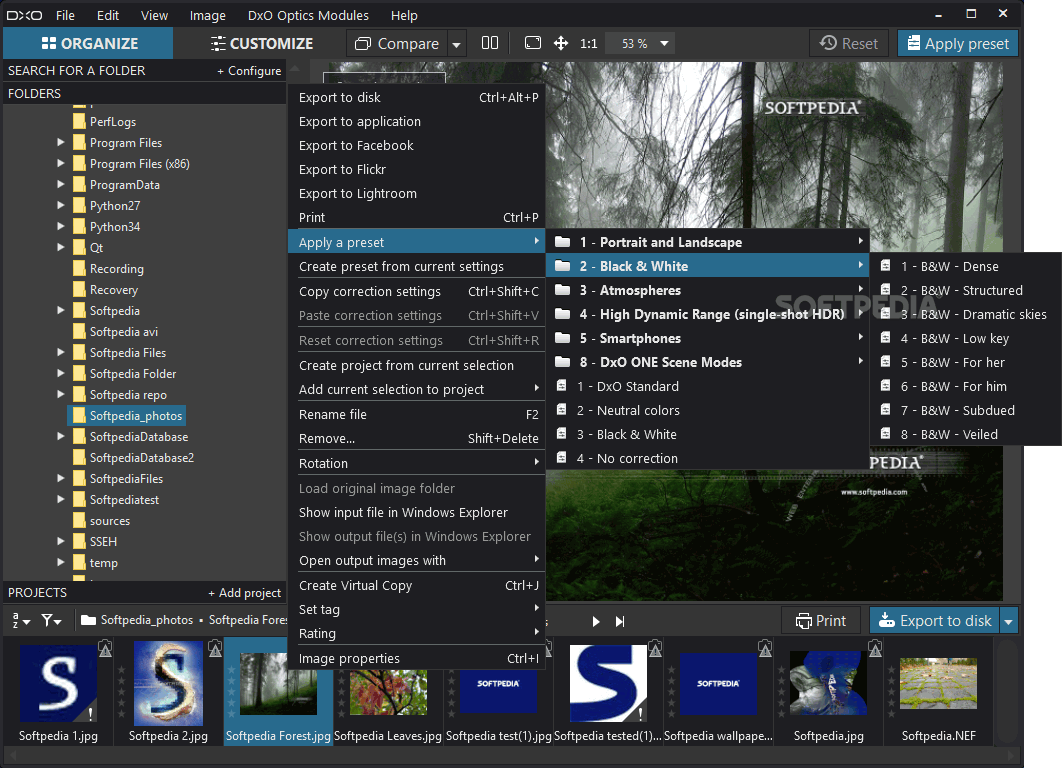

It offers ‘soft proofing’ for different output devices too. PhotoLab 6 has a new, wider working color space too – an indication that DxO takes color management very seriously. A key feature of this is that you can now rotate, scale or transform your clone ‘source, so that if you need to replace a window in a building, say, and the only source you can use is a smaller one nearby, you can now manipulate it to fit the dimensions of the window you want to replace. (Image credit: Rod Lawton)ĭxO has also introduced new, upgraded Retouch tool. Here, we've cloned out an ugly drain cover using a flagstone pattern closer to the camera that's been scaled to match the area being repaired. The new ReTouch tool solves an age-old cloning problem – matching the scale and perspective of your clone source. It’s not quite in the same league as Lightroom, say, but it may be all that most photographers need. This is boosted by support for additional EXIF and IPTC data tags. Before, they were useful perhaps for short term tasks but little more, but the new ability to organize and structure Projects means that overnight the PhotoLibrary module has changed from being a simple Adobe Bridge style folder browser into a proper organizing/cataloguing tool. Previously, you could only have a simple linear list of Projects. One of the key new features in PhotoLab 6 is the ability to ‘nest’ Projects in the PhotoLibrary window in a hierarchical folder system. PhotoLab 6 is primarily a high-end raw processing and editing program, but some steady evolution through successive versions means that its turned into something more. I own the current version of ON1 and while the output has definitely improved it is still not at PhotoLab’s level.Version 6 now includes perspective correction controls (at last!) but there's also a DxO ViewPoint 4 standalone program for much more advanced corrections – and once installed it integrates with the PhotoLab 6 interface.

The only downside is you have to process your images in ON1. On1 Photo Raw 2020, which is a raw editor, does seem to have vignetting functionality much closer to what you were expecting. However, the things it does well makes it the preferred choice for many of us despite its lack of some features.


DXO lacks a number of features available in other software. Keep in mind that this is not Ps, AP, Exposure software, or any other pixel editor, This is PhotoLab, which is a raw converter/processor.
DXO PHOTOLAB 4 VS 5 SOFTWARE
question… is there a way to use the eraser to remove some parts you don’t want to and feather it?Įxposure software has a creative vignetting that you can form how you want, you can also do some in Ps or AP with the lasso tool and a curve adjt to it.Īs Greg points out there is no eraser, but you could accomplish more exotic vignetting using the brush in local adjustments. P元 with FP, there’s that “creative vignetting” that you can use, to me it is not really creative, most if not every software can do that regular vignette.


 0 kommentar(er)
0 kommentar(er)
